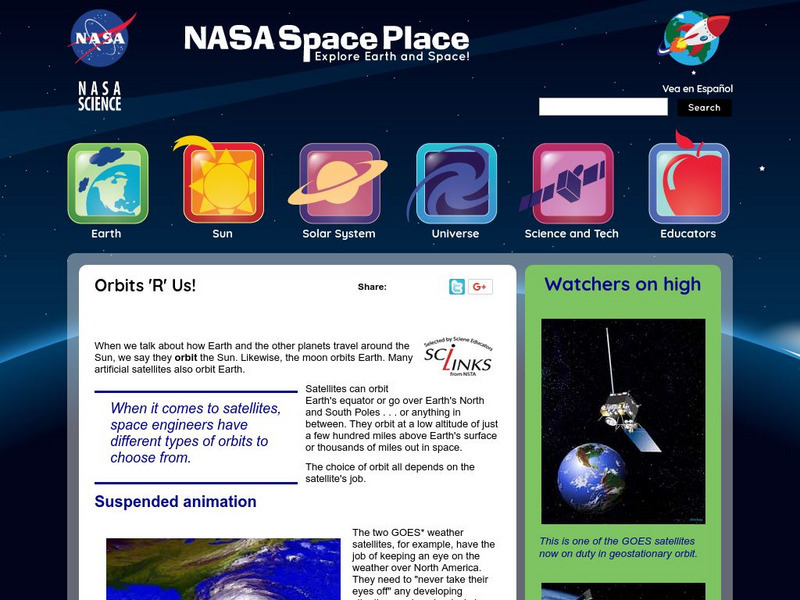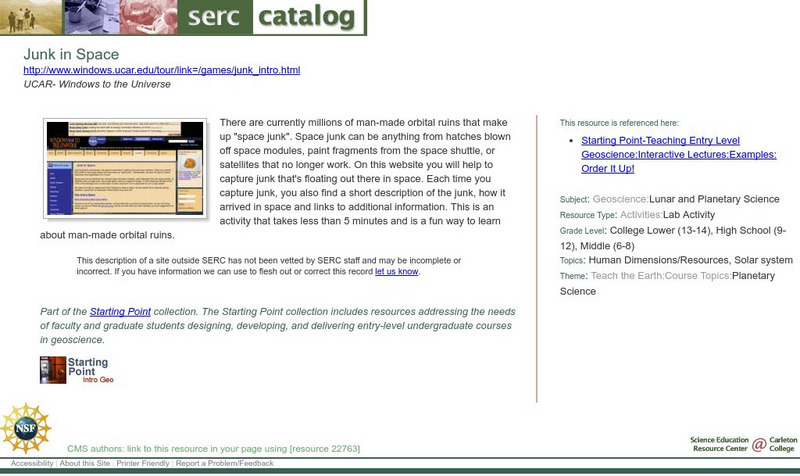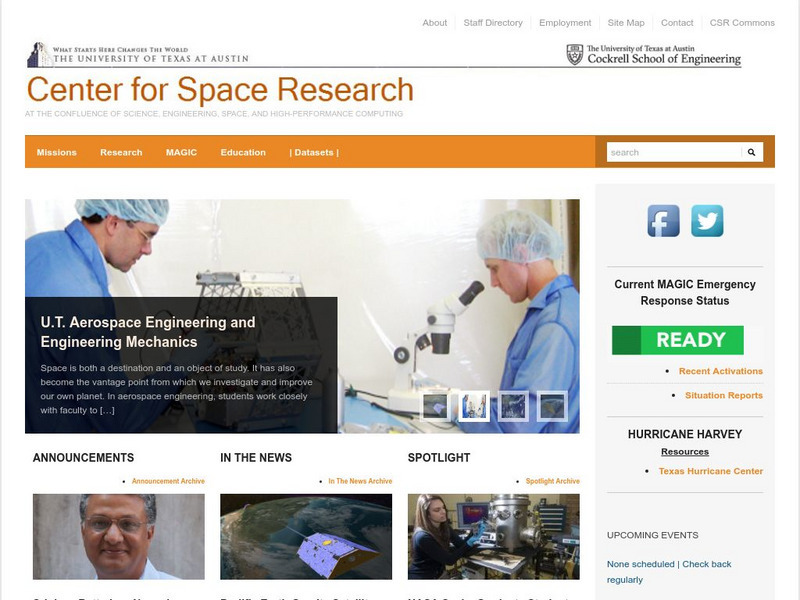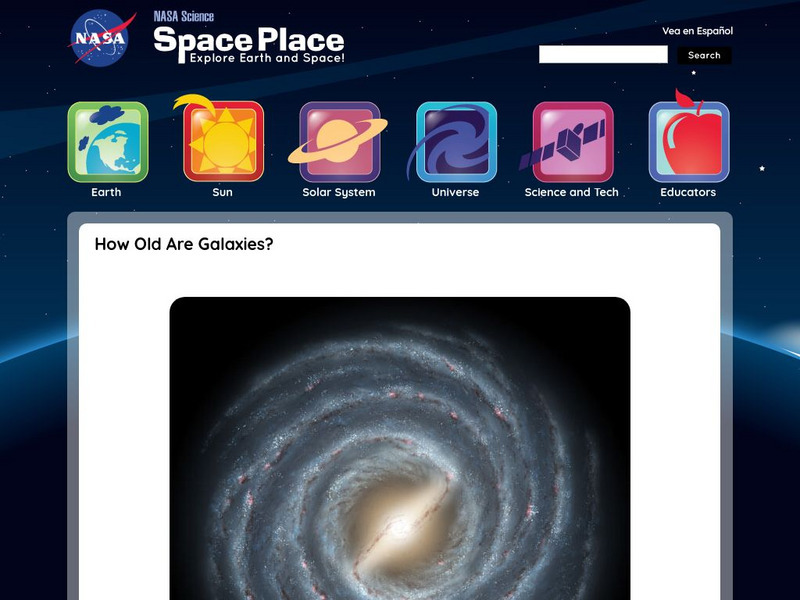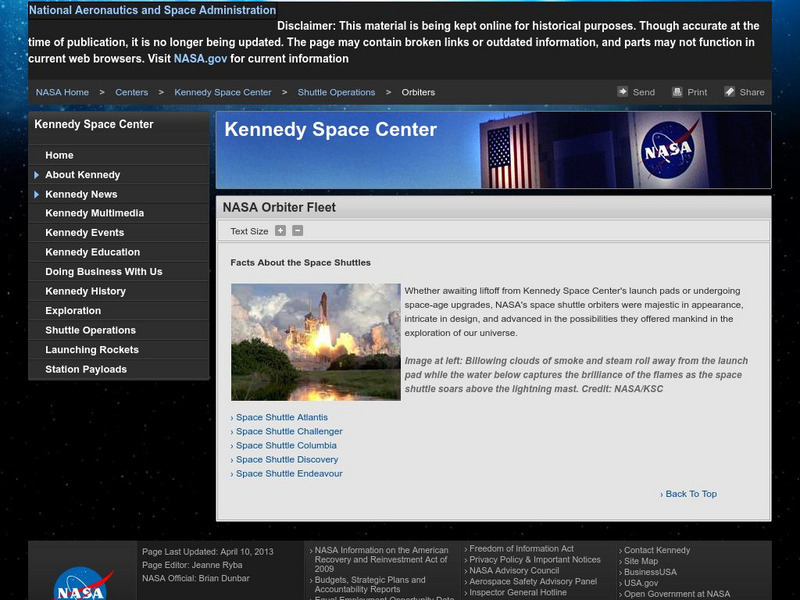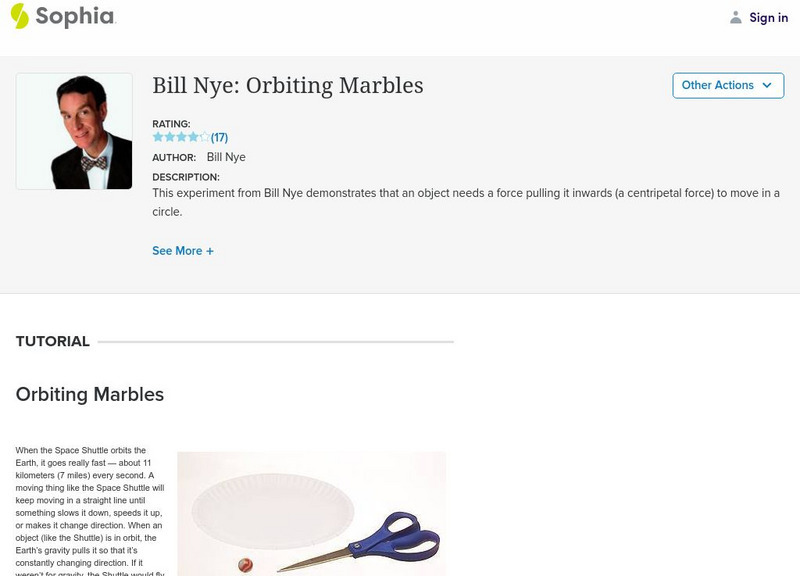Hi, what do you want to do?
Curated OER
Motion Through the Ages
Eighth graders conduct internet research to produce a timeline of man's growth in understanding of concepts of motion and planetary motion through history.
Curated OER
"To Terraform or Not to Terraform?"
Young scholars analyze an article written by an engineer at NASA proposing colonizing Mars with human explorers on the fastest track possible. They are invited to react to the article through several activities.
Curated OER
Air Quality Issues
Students study and chart the levels of the atmosphere. They determine volume and location of the whole in the ozone layer by problem solving and drawing Antarctica.
Curated OER
Learning Lesson: Moonlight Serenade
Students complete experiments as they act as the earth. They observe how different angles affect the phases of the moon seen by us. They discuss the differences in light and dark.
Curated OER
Scale Model of the Earth
Learners work together to create a model of the Earth. They label and identify each layer and describing its properties. They discover how engineers use models to test different concepts.
Curated OER
Titan and the Other Moons of Saturn
Young scholars identify and describe the moons of Saturn. They sort the moons by their characteristics. They write a paragraph describing the moons to end the lesson.
Curated OER
and and Ocean Views of Earth by Remote Sensing
Students explain how satellites help scientists to see more than with the unaided eye and how Landsat technology works. Students identify vegetation and fire sites in the rainforest and detect erosion along rivers. They are able to use...
Curated OER
Solar System
For this Solar System worksheet, 5th graders demonstrate knowledge of parts of the Solar System. Students unscramble letters to list these parts.
Curated OER
Exploration of the Moon
In this moon worksheet, students review the Clementine exploration of the Earth's moon. This worksheet has 8 matching and 14 true or false questions.
Curated OER
Extraordinary Lives
For this extraordinary lives worksheet, young scholars answer questions about David Platonoff's Russian grandmother. Students answer 17 questions.
NASA
Nasa: The Space Place: Orbits 'R' Us
Learn about how Earth orbits the sun and how satellites orbit the Earth. Discover the different types of satellites such as GOES and POES and what they are used to monitor.
Smithsonian Institution
National Air and Space Museum: Exploring the Planets: Tools of Exploration
Part of the National Air and Space Museum's online exhibition about Exploring Planets, this describes and gives visuals of telescopes, probes and fly-by aircrafts, orbiters, and landers as current methods for earth and airborne...
Children's Museum
The Children's Museum of Indianapolis: Beyond Spaceship Earth
This unit of study explores the International Space Station through STEM experiences in space science education. Students become a spacecraft crew and launch from Earth to discover how microgravity affects the orbit of the International...
Science Education Resource Center at Carleton College
Serc: Junk in Space
Did you know that there is millions of man-made "space junk" floating in orbit? This game will have you collecting space junk but you have to be careful not collect any objects that should be in space!
NASA
Nasa Star Child:space Probes (Level 1)
This page of NASA's excellent Starchild site deals with Space Probes. Learn about the various planetary probes by clicking on the planet of interest.
University of Texas at Austin
Ut Austin Center for Space Research
The homepage of the Center for Space Research at the University of Texas whose mission is "to conduct research in orbit determination, space geodesy, the Earth and its environment, exporation of the solar system, as well as expanding the...
NASA
Nasa: Space Shuttle Mission Archives: Sts 95
A summary of the mission in which John Glenn returned to space 36 years after his 3-orbit Mercury program mission in 1962. A description of the mission is provided. Information on the other six members of the crew is included.
Digital History
Digital History: The Space Race
In October 1957, the Soviet Union launched Sputnik 1, the world's first artificial satellite. The 184-pound, 22.5-inch sphere orbited the earth once every 96 minutes. Sputnik transmitted radio signals for 21 days and later burned up in...
NASA
Nasa: The Space Place: How Old Do I Look?
Find out how the Galex space telescope is determining the age of galaxies using red-shifted light. View pictures taken by Galex. This resource also has a game which involves determining the ages of objects.
NASA
International Space Station: Overview
This is NASA's press release on the International Space Station
NASA
Nasa: Space Shuttle Orbiter Fleet
Resource describes each of the Space Shuttle Orbiters, their specifications and explains their operation. Descriptions of upgrades and modifications are provided. Included is a brief description of how the shuttle is processed to prepare...
Sophia Learning
Sophia: Space Science: Bill Nye: Orbiting Marbles
Created to teach students of the 21st century, SOPHIA is bringing outer space straight to your fingertips. Become the commander of your own learning experiences as you take part in this interactive experiment.
University of Colorado
University of Colorado: Ph Et Interactive Simulations: Gravity and Orbits
Move the sun, earth, moon, and space station to see how it affects their gravitational forces and orbital paths. Visualize the sizes and distances between different heavenly bodies, and turn off gravity to see what would happen without it.
CK-12 Foundation
Ck 12 Exploration Series: Simulations: Physics: Space Station
[Free Registration/Login Required] Learn about orbits in the context of a next generation space station.















